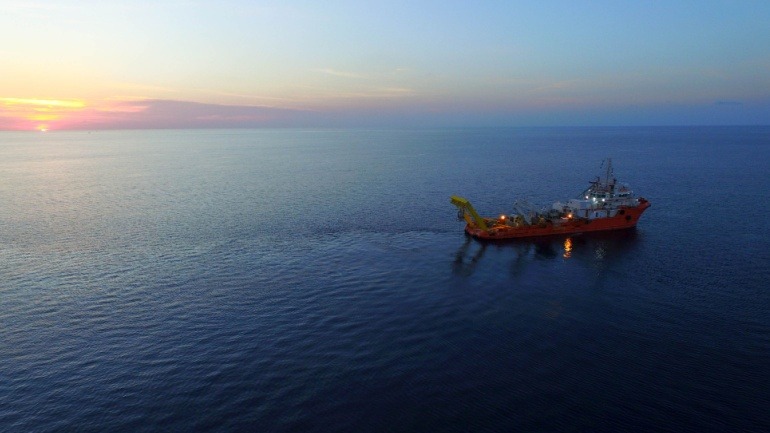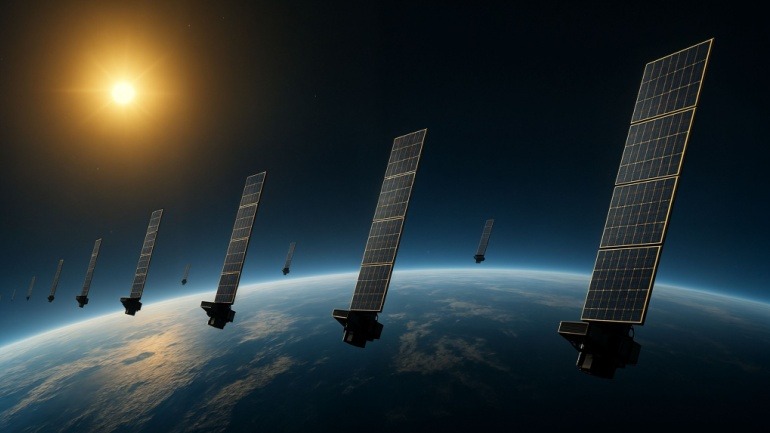A recent series of submarine cable cuts in the Baltic Sea have set off alarm bells among European nations, with potential implications pointing towards deliberate sabotage. The cables affected include the 218km BCS East-West Interlink and the 1,200km C-lion-1, which are crucial data pathways connecting Gotland, Sweden, and Lithuania, as well as Helsinki, Finland, and Rostock, Germany.
Arelion, which operates the BCS East-West Interlink, confirmed the cable suffered complete damage. This incident led Germany and Finland to issue a joint statement expressing their concern. “We are deeply concerned about the severed undersea cable connecting Finland and Germany in the Baltic Sea. The fact that such an incident immediately raises suspicions of intentional damage speaks volumes about the volatility of our times,” said the foreign ministers of both countries.
While direct attribution to any state remains unsettled, the backdrop of heightened tensions related to Russia’s conflict with Ukraine fuels speculation. Though not definitively accused, Russia emerges as a possible suspect. German Defence Minister Boris Pistorius remarked, “We have to say, without knowing exactly who it came from, that this is a hybrid action. We also have to assume, without knowing it yet, that it was sabotage.”
Such incidents echo back to 2022 when the Nord Stream pipelines were damaged amidst Russo-Ukrainian tensions. In the telecommunications realm, submarine cable disruptions like these raise significant challenges. For areas with multiple data routes, rerouting traffic occurs quickly, but for locations dependent on a single cable, connectivity can be severely disrupted.
Interestingly, historical data shows that most cable cut incidents are due to accidents or environmental factors, stressing the need for careful investigation. For example, previous anomalies in the region pointed fingers at a vessel dragging its anchor, which was not confirmed as intentional sabotage.
Despite these risks, operators and infrastructure planners are increasingly advocating for stronger network redundancy. “There have been many stories of high-profile cable cuts this year, highlighting the need for greater network redundancy. We are so reliant on these vital pathways to transport data that more investment into alternative paths is needed to ensure that when a cable is down, whatever the reason, traffic isn’t impacted,” emphasized Steve Roberts, SVP Network Investment at EXA Infrastructure. Investing in additional subsea routes becomes imperative as global dependencies on secure and stable internet connections grow amidst geopolitical uncertainties.







